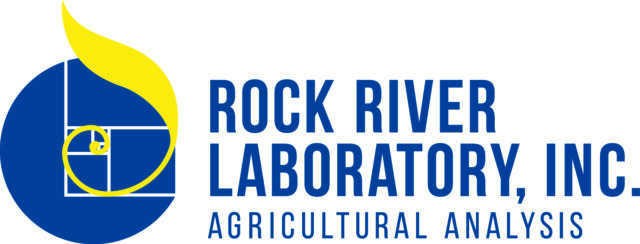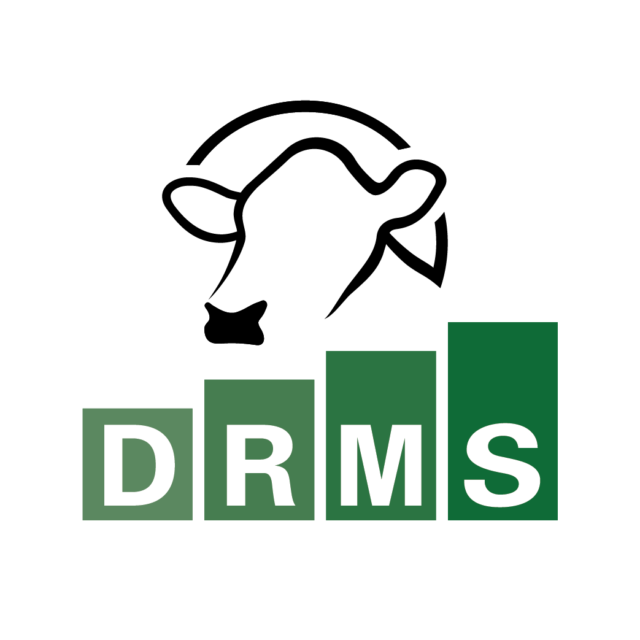There has been much discussion about New Zealand in recent months following the drought that impacted the end of their 2012-2013 production season. Is such an event a very big deal?
Let’s take a closer look at the numbers. New Zealand is composed of two islands (North Island and South Island), located southeast of Australia, supporting a population of 4.4 million – similar to the greater San Francisco-Oakland area.
The population of its milking herd, however, is approximately five million head, up 4 percent from the previous year. The North Island is home to nearly 70 percent of them.
Milk production in 2012 was roughly 45 billion pounds. Given that their herd is greater than their population, 95 percent of that production is exported in one form or another.
This is a sharp contrast to a world model where 95 percent of domestic production is usually consumed internally.
Their export activity not only generates nearly $11 billion but supplies the world with 40 percent of the butter traded on the international market, 27 percent of skim milk powder and 38 percent of whole milk powder.
By volume and value, whole milk powder is the greatest contributor to these sales, accounting for 42 percent of annual sales. Butter, anhydrous milk fat and cream products account for another 20 percent.
Skim milk powder, cheese and protein products each contribute about 11 percent of the revenue. Among buyers, China purchases 20 percent of their production on a value basis, with the U.S. a distant second at 7 percent.
With New Zealand dairy production tripling in the last two decades, the rise of the Chinese economy has been critical in maintaining growth and encouraging expansion.
Now, as drought has caused a tightening of supplies from its largest supplier, world markets have raced to all-time highs as buyers have scrambled to secure available product.
Whole milk powder, as sold on the Global Dairy Trade auction, has led the charge by doubling in price during the first quarter of the year to levels near $2.85 per pound.
This did not happen in a vacuum. The entire product basket saw impressive price rallies. This presents us with an opportunity.
Beware, this will likely not continue long term. Buyers will begin to back away from the market to seek only what they absolutely need, or worse, substitutes. Another piece of wisdom must also prevail: All droughts end with rain.
We need not look any further than our own backyard to understand this. Late snow and spring rains arrived in the western Corn Belt (the last part of the belt that was precipitation-deficit). Some will argue that it wasn’t enough to provide what will be needed to carry the crop.
Regardless, the mere arrival of precipitation in conjunction with large planting expectations and a less-than-capacity demand have created enough pressure to reduce spot corn prices by 13 percent from their winter highs.
The lesson learned is simple – any market moved higher by drought concerns can just as easily be moved lower when rain arrives. Some rains have already arrived in New Zealand to help re-seed and renew pastures for the coming production season.
What will summer bring? All eyes will be on coming weather forecasts as we move toward corn pollination and watch the development of pasture conditions in New Zealand.
Thus far, the domestic response to this growth in milk price and reduction in feed cost has been to expand in one way or another. This cannot be confirmed until NASS once again includes cow number data on its monthly milk production report in October.
However, one thing is for sure: More money at the farm equals more milk. Coming off of another successful spring flush, there is ample milk supply in the country – a different reality than what is currently being experienced by our New Zealand counterparts.
As a country that operates on seasonal production, New Zealand will begin ramping up production again in August. If summer weather both here and throughout Oceania is cooperative, we are presented with a growing risk of lower milk prices.
What does all of this mean to the U.S. dairyman? With New Zealand milk production stressed by drought, buyers like China will be coming to the U.S. marketplace to purchase product.
This helps to buoy prices short term. However, as more production comes online in response to the spring milk price rally and relaxed feed costs, we set ourselves up for price risk later.
In the mix, weather presents a variable that can move the markets in either direction. Not knowing exactly what lies ahead of us, producers should begin considering a strategy that provides flexibility to whatever comes of this drought debacle.
As mentioned in previous articles (see March 1 issue), one should strongly consider seeking physical supplies of feed through summer and defending those purchases with a put option strategy.
Post-harvest needs can be protected with call options to manage any potential rise in prices. Consult your risk management adviser for a strategy suitable to you.
Additionally, actions taken in feed should be balanced with actions taken in milk. With the recent milk price rally and unknown effects of the 2012 drought, one should seek a strategy that provides flexibility – protection from falling prices and participation in rising prices. Here are a couple of strategies you may consider:
1. Sell milk for the second half of the year (via a contract with your plant or milk futures contracts … consult your adviser as to the requirements of both) and then purchase call options. Presently, the average milk price offering is $18.60.
A sale secures that price throughout the last six months of the year. The next step (in order to maintain flexibility) is to purchase a call option.
Presently, a $19.50 call can be purchased for $0.42 per hundredweight (cwt). This allows you access to any prices above that level. In the event of a drought rally, these options can be worth their weight in gold.
2. Buy a put option strategy. With the same $18.60 per cwt. Class III average, a producer can purchase a $17.75 put for $0.44 per cwt. and maintain coverage against any fall in price below that level. By default, higher prices are still available to you if the market should find cause to move upwards.
We have all scrutinized the predictions made by weathermen. The reality is that it is completely unpredictable. If we come to terms with that, we must also accept the fact that the market is also completely unpredictable.
Manage the drought that has inspired price movement on two continents by implementing strategies that capture margin and allow flexibility.
Obviously, there are many more strategies available than what we can fit in this brief article. Feel free to give me a call if you have further questions. PD
In compliance with Dodd-Frank legislation, this article must be considered as a solicitation for your business.
UPDATE: Since the publication of this article, Mike North has left First Capitol Ag and is now the president of Commodity Risk Management Group. Contact him by email .

Mike North
Sr. Risk Management Adviser
First Capitol Ag





